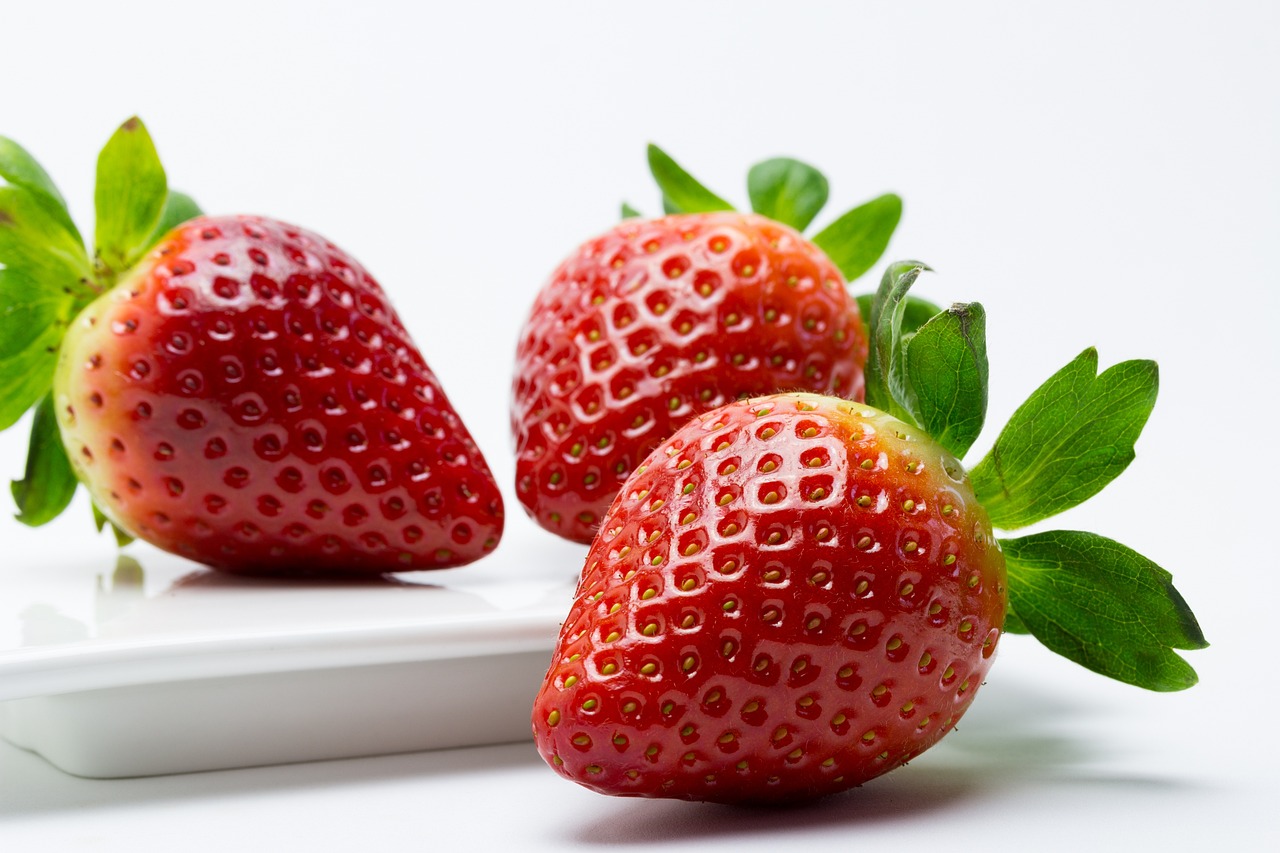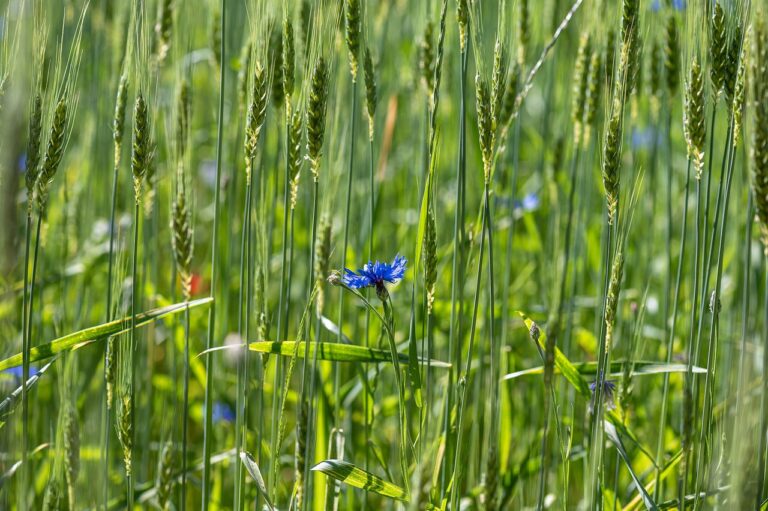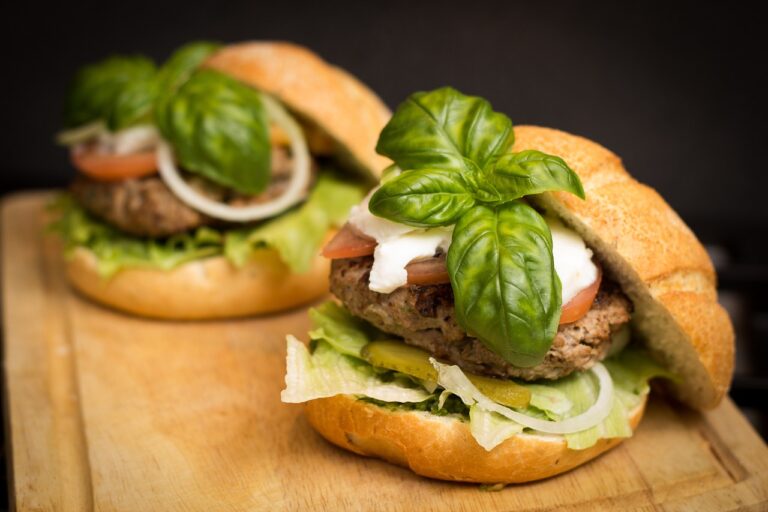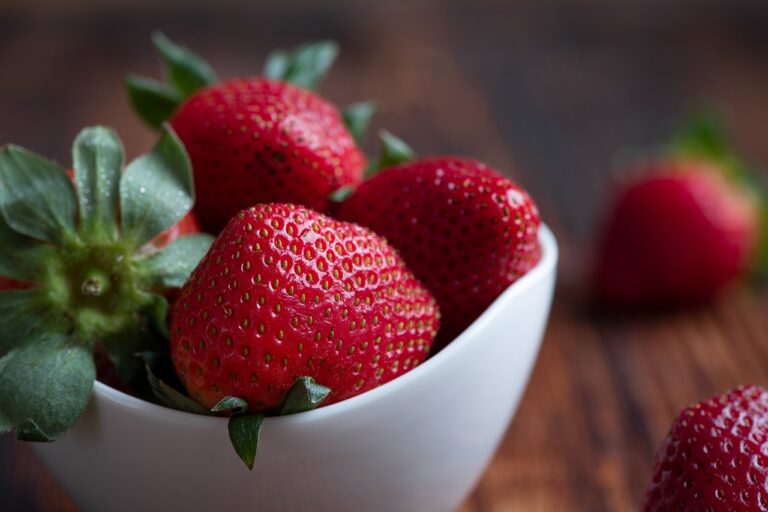Advances in Gluten-Free Cookie Baking
silver exchange, goldenexch login, betbook247.com login:Advances in Gluten-Free Cookie Baking
Do you love cookies but struggle with gluten sensitivities or celiac disease? Well, you’re in luck because the world of gluten-free baking has advanced significantly in recent years, particularly when it comes to making delicious cookies that are safe for those with gluten intolerances. Gone are the days of dry and crumbly gluten-free treats – today, there are a plethora of ingredients and techniques available to help you create mouthwatering cookies that everyone will love.
The key to successful gluten-free cookie baking lies in using the right ingredients and following the correct methods. In this blog post, we’ll explore some of the latest advances in gluten-free cookie baking, from innovative flour blends to alternative sweeteners and binding agents. Whether you’re a seasoned baker or a newbie in the kitchen, these tips and tricks will help you whip up irresistible gluten-free cookies that rival their gluten-filled counterparts.
Getting Started: Choosing the Right Flour
One of the most crucial aspects of gluten-free baking is selecting the right flour blend. Traditional wheat flour contains gluten, a protein that gives baked goods their structure and elasticity. In gluten-free baking, you’ll need to use a combination of different flours and starches to mimic the properties of gluten. Fortunately, there are now plenty of pre-made gluten-free flour blends available on the market, making it easier than ever to whip up a batch of tasty cookies.
Some popular gluten-free flours and starches used in baking include rice flour, almond flour, coconut flour, tapioca starch, and potato starch. Each of these ingredients has its unique characteristics, so it’s essential to experiment and find a blend that works best for your recipes. Many gluten-free bakers swear by a combination of rice flour and tapioca starch for a light and fluffy texture, while others prefer nutty almond flour for added flavor.
Experimenting with Alternative Sweeteners
In addition to using the right flour blend, choosing the right sweetener is another key factor in gluten-free cookie baking. Traditional white sugar is often a staple in cookie recipes, but it’s easy to swap it out for healthier alternatives that are also gluten-free. Natural sweeteners like maple syrup, honey, and coconut sugar can add sweetness to your cookies without compromising on flavor.
For those looking to cut back on sugar, low-glycemic sweeteners like stevia and erythritol are excellent options. These sweeteners are derived from plants and have little to no effect on blood sugar levels, making them ideal for those watching their carbohydrate intake. Keep in mind that alternative sweeteners can behave differently in baking, so you may need to adjust the amount used in your recipes to achieve the desired sweetness.
Binding Agents and Additives
Another crucial aspect of gluten-free baking is finding the right binding agents and additives to help your cookies hold together. Gluten serves as a natural binder in traditional baked goods, so in gluten-free recipes, you’ll need to rely on other ingredients to achieve the same effect. Xanthan gum and guar gum are two common additives used in gluten-free baking to improve the texture and structure of baked goods.
Xanthan gum is a popular choice for gluten-free cookies because it helps mimic the elasticity of gluten and prevents crumbling. Guar gum, on the other hand, is derived from guar beans and acts as a thickener and stabilizer in baking. Both of these additives can be found in most health food stores and online retailers and are essential for achieving the perfect texture in your gluten-free cookies.
Innovative Techniques for Gluten-Free Baking
Aside from using the right ingredients, there are also some innovative techniques you can employ to enhance your gluten-free cookie baking experience. One of the most popular methods is to chill the cookie dough before baking, as this helps solidify the fats in the recipe and prevents the cookies from spreading too much in the oven. Additionally, allowing the dough to rest for a few hours or overnight can enhance the flavors and textures of the cookies.
Another technique gaining popularity in gluten-free baking is the use of aquafaba, which is the liquid leftover from cooking chickpeas. Aquafaba can be whipped into a foam-like consistency and used as an egg replacement in baking. It helps bind ingredients together and creates a light and fluffy texture in cookies, making it an excellent option for vegan and gluten-free recipes.
Tips for Successful Gluten-Free Cookie Baking
To ensure your gluten-free cookies turn out perfectly every time, here are some additional tips to keep in mind:
1. Measure ingredients accurately: Gluten-free baking is a science, so it’s essential to measure your flour and other ingredients precisely to achieve the right balance of flavors and textures.
2. Mix the dough thoroughly: Gluten-free flours can be a bit more delicate than traditional wheat flour, so be sure to mix the dough thoroughly to ensure all the ingredients are well combined.
3. Use parchment paper or a silicone baking mat: Gluten-free cookies have a tendency to stick to baking sheets, so using parchment paper or a silicone mat can help prevent them from crumbling or breaking apart.
4. Experiment with flavors and add-ins: Once you’ve mastered the basics of gluten-free cookie baking, don’t be afraid to get creative with flavors and add-ins like chocolate chips, nuts, or dried fruit.
5. Practice patience: Gluten-free cookies may take a bit longer to bake than their gluten-filled counterparts, so be patient and allow them to cool completely before enjoying.
FAQs
Q: Can I substitute gluten-free flour for regular flour in my favorite cookie recipe?
A: Yes, you can generally substitute gluten-free flour for regular flour in most cookie recipes. Just be sure to adjust the amount of liquid and binding agents as needed to achieve the right consistency.
Q: Are gluten-free cookies healthier than traditional cookies?
A: Gluten-free cookies can be healthier than traditional cookies, depending on the ingredients used. By opting for whole grain flours, natural sweeteners, and minimal additives, you can create gluten-free treats that are nutritious and delicious.
Q: How do I know when gluten-free cookies are done baking?
A: Gluten-free cookies may not brown as much as traditional cookies due to the absence of gluten. Keep a close eye on them in the oven and look for a slight golden color around the edges to indicate they’re done.
Q: Can I freeze gluten-free cookie dough for later use?
A: Yes, you can freeze gluten-free cookie dough for later use. Simply shape the dough into balls or logs, wrap tightly in plastic wrap, and store in the freezer for up to three months. When ready to bake, simply thaw the dough in the refrigerator overnight and bake as usual.
In conclusion, gluten-free cookie baking has come a long way in recent years, thanks to advances in ingredients and techniques. By choosing the right flour blend, experimenting with alternative sweeteners, and utilizing innovative methods, you can create delicious gluten-free cookies that everyone will love. With a bit of practice and patience, you’ll be whipping up bakery-worthy treats in no time. Happy baking!







